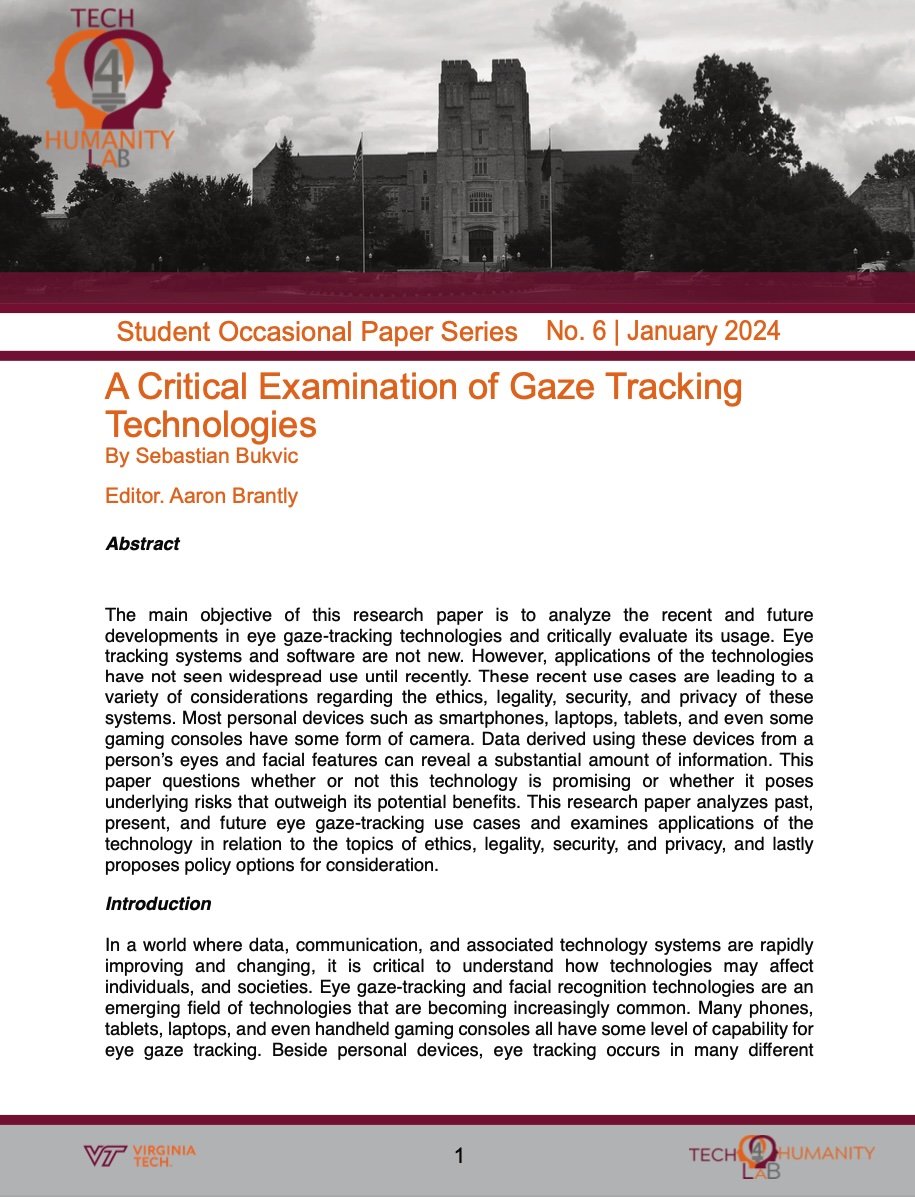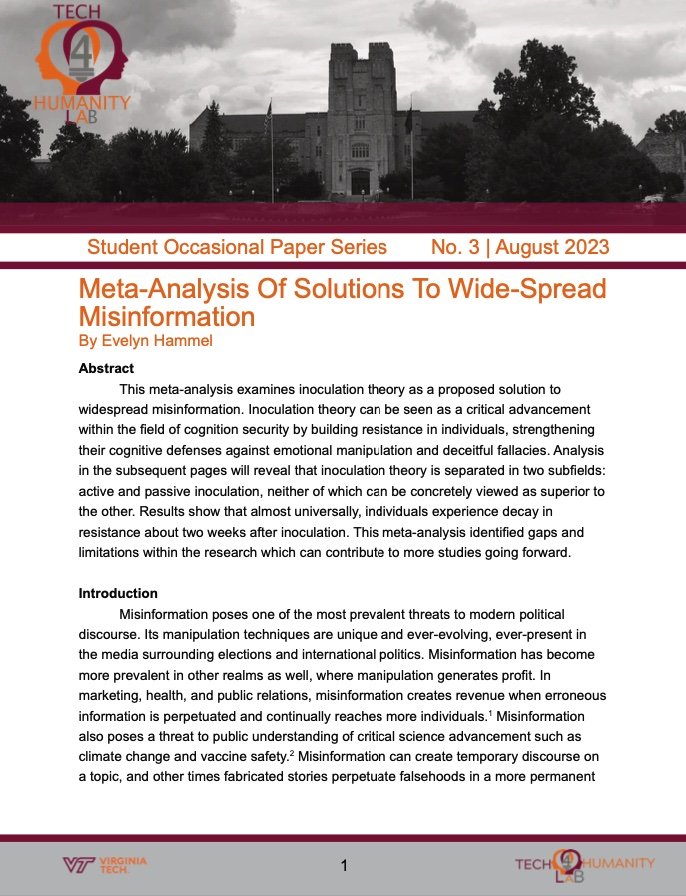Lorenz Ransomware: The Impact of Standalone Ransomware on Businesses
Ransomware poses an escalating and persistent threat to businesses, facilitating large scale theft and encryption of sensitive files and documents. This research delves into the impact of ransomware on companies, with a specific focus on instances where internal data is publicly exposed by hackers. By analyzing the aftermath of the Lorenz ransomware group attacks, we assess the extent of file theft, the overall breach size, and the companies affected by the cyber-attacks, including their size, their industry, and their location. Our findings reveal vast quantities of vital records compromised, including emails, financial data, blueprints, and social security numbers. This showcases ransomware's potential for severe financial and reputational damage to businesses, impacting not only their operations but also their customer base. The study highlights the importance of cyber resilience through technologies, training, and transparency. It underscores ransomware's complex repercussions, necessitating coordinated technological, policy, and human readiness efforts to develop security and mitigate potential societal harms.
A Critical Examination of Gaze Tracking Technologies
The main objective of this research paper is to analyze the recent and future developments in eye gaze-tracking technologies and critically evaluate its usage. Eye tracking systems and software are not new. However, applications of the technologies have not seen widespread use until recently. These recent use cases are leading to a variety of considerations regarding the ethics, legality, security, and privacy of these systems. Most personal devices such as smartphones, laptops, tablets, and even some gaming consoles have some form of camera. Data derived using these devices from a person’s eyes and facial features can reveal a substantial amount of information. This paper questions whether or not this technology is promising or whether it poses underlying risks that outweigh its potential benefits. This research paper analyzes past, present, and future eye gaze-tracking use cases and examines applications of the technology in relation to the topics of ethics, legality, security, and privacy, and lastly proposes policy options for consideration.
Click here to read the paper.
The Efficacy of European Union Spyware Regulations
Supranational organizations like the European Union (EU) have struggled to enforce successful legal frameworks that adequately regulate and enforce the export and misuse of malware technologies. Considering the Pegasus Project and the newly released Predator Files, EU systems of regulation fall short at addressing the broader malware market abuse, production, and proliferation. Despite numerous export regulations EU states membership in the acclaimed organization has provided a false sense of security and accountability for the upholding of human rights. Pegasus Project and Predator files reveal the mass proliferation of spyware throughout the EU by leveraging its vague export controls and state centered accountability methods. The 2022 EU directive and legislation efficacy fails to uphold export arrangements and by extension United Nations (UN) and EU human rights standards through terminological loopholes and proliferative export regulations.
Click here to read the paper
Understanding Generative Adversarial Networks
Generative adversarial networks (GANs) are a new technology impacting social, policy, and security discourses. The rise of GANs enables the creation of artificially generated hyper-realistic human faces. GANs have been around since 2014, yet only recently has their quality risen to a level capable of fooling the average person. StyleGANs are GANs trained to manipulate or generate high-quality images. StyleGANs are becoming increasingly publicly accessible and enable users to generate human faces with ease. The styleGAN program is open access;2 while this allows for usage in positive ways, it also leads to easy accessibility for those that want to use this technology for malicious purposes. Fake accounts with AI-generated faces as their profile pictures plague social media sites and are often used as tools for misinformation. As styleGANs improve, it becomes more difficult to spot these fake faces. It is important to understand how these styleGANs work in order to best combat these disinformation attempts and understand what to do moving forward.
Meta-Analysis Of Solutions To Wide-Spread Misinformation
This meta-analysis examines inoculation theory as a proposed solution to widespread misinformation. Inoculation theory can be seen as a critical advancement within the field of cognition security by building resistance in individuals, strengthening their cognitive defenses against emotional manipulation and deceitful fallacies. Analysis in the subsequent pages will reveal that inoculation theory is separated in two subfields: active and passive inoculation, neither of which can be concretely viewed as superior to the other. Results show that almost universally, individuals experience decay in resistance about two weeks after inoculation. This meta-analysis identifies gaps and limitations within the research which can contribute to more studies going forward.
Analyzing Anti-Cheating Gaze-Tracking Programs
This analysis examines eye gaze-tracking technology, techniques, and usages in academic institutions to enforce integrity, and explores any privacy concerns that may constitute ethics violations. Before delving into the ethics of tracking technologies, this research focuses first on how eye gaze-tracking technologies function and have been developed. Following an examination of the technical attributes of this technology the analysis subsequently discusses its applications in academic environments. This is critical as circumstances such as the COVID-19 pandemic and its associated lockdowns have transformed the modality of classroom environments for different schools and universities to a virtual medium. Through these virtual classroom environments, cheating during assignments and tests has become more prevalent. As a result, measures to combat this have been integrated, such as a video recording of students to track their eyesight during exams. Eye gaze-tracking measures such as the one mentioned above have been scrutinized for issues with ethics, privacy, and legality, as these measures are often very invasive to one’s privacy when enacted. The work concludes with an analysis of its implications on users’ privacy.
Examining Pegasus Spyware
Pegasus spyware is a novel exploit capable of allowing a diverse array of actors to undermine the mobile security of targeted devices. Research indicates that more than 50,000 phone numbers were “selected for surveillance.”<Endnote> Forbidden stories labeled Pegasus as “The New Global Weapon for Silencing Journalists.”<Endnote> Although the scale and scope of the most recent revelations are astounding, previous research has provided insight into the technical functionality of Pegasus and its users. This analysis builds on the work of the University of Toronto’s Citizen Lab, Amnesty International’s Security Lab, and The Pegasus Project to analyze the use of this malware as well as methods to counter the threat posed to journalists and other civil society actors as a result of its existence. Finally, this paper examines the use of malware by authoritarian states to target individuals both within their sovereign boundaries and beyond. Pegasus spyware, a piece of technology created by the NSO Group to “collect data from the mobile devices of specific suspected major criminals” has been critically misused. The irresponsible utilization of Pegasus threatens journalists and risks irreversibly changing the landscape of free press.







